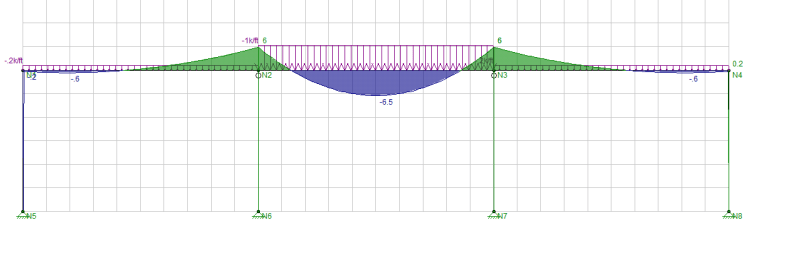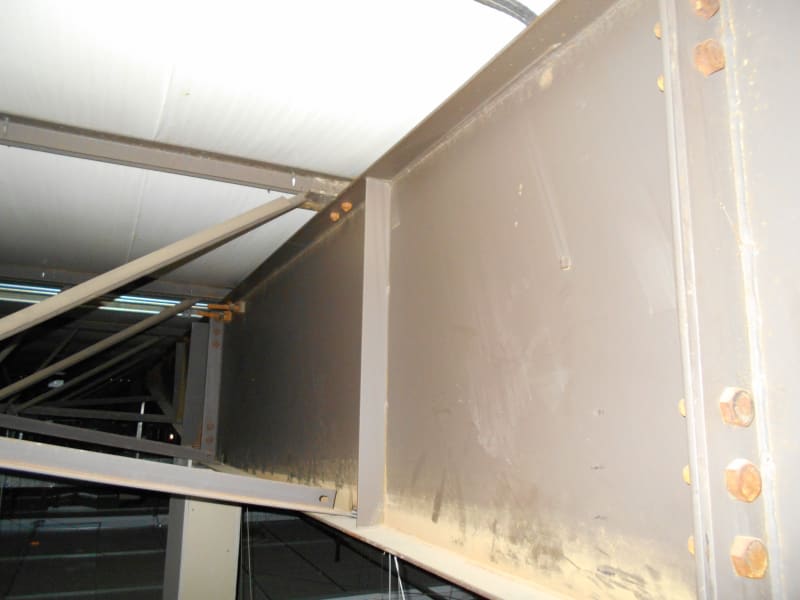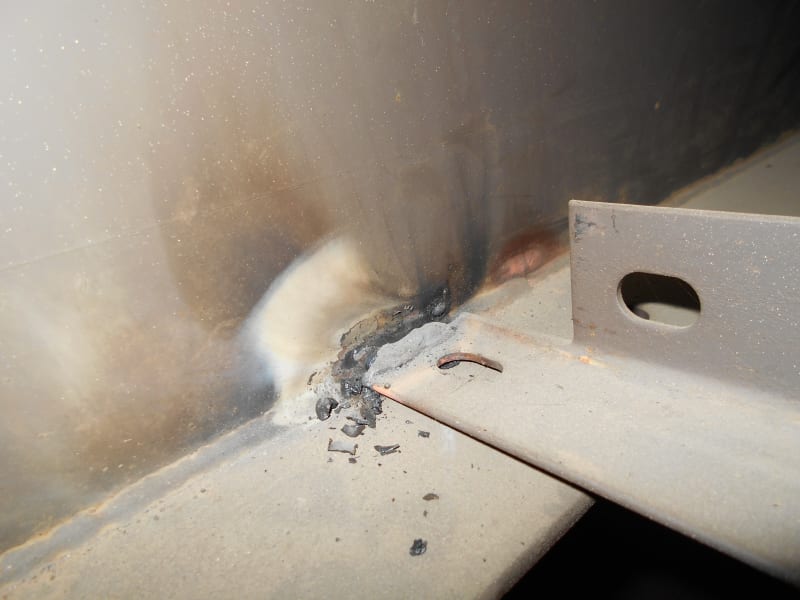When do we need to brace the tension flange? Any help would be much appreciated. I found this picture on CSSBI website and can't find a reason for bracing the tension flange. It's not a cantilever or Gerber system. Could it be the wind suction force (extreme wind zone) that reverses the tension-compression in flanges?





